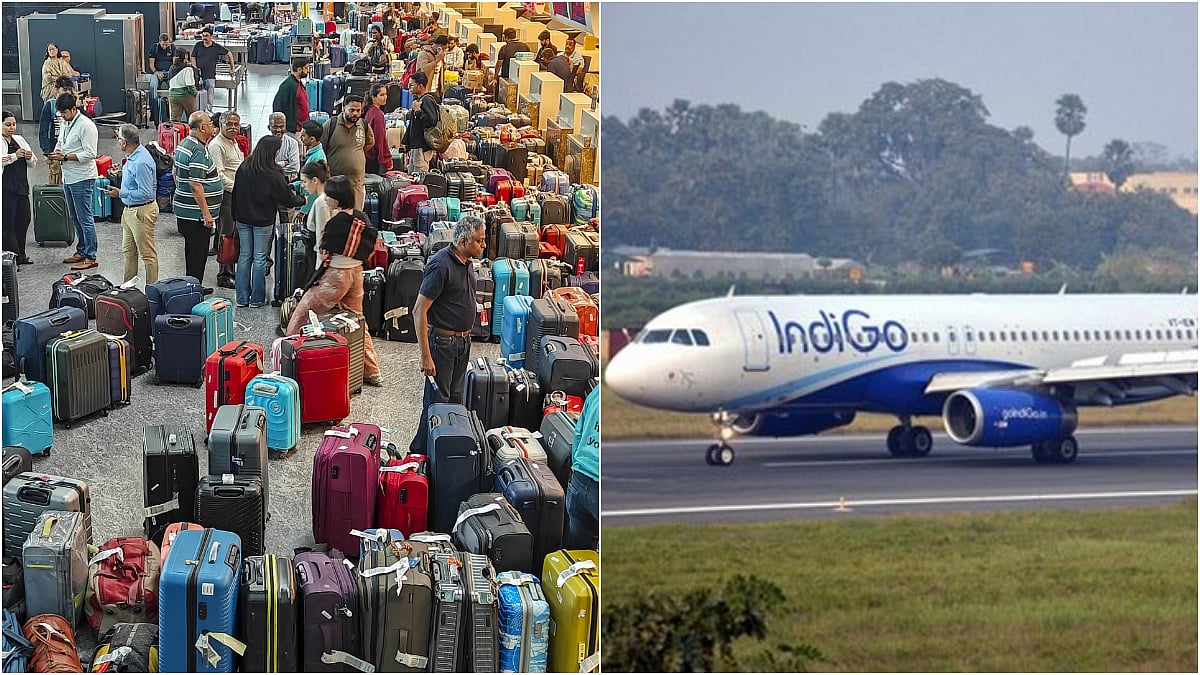The Monetary Policy Committee (MPC) in its resolution on December 05 2019 kept the policy repo rate unchanged at 5.15 percent with a unanimous decision.
This is in sharp variance with the market perception for a 25basis points reduction. On the face of it, this is a welcome move. But in many ways the MPC, and more importantly, the RBI as the monetary authority have shown their helplessness in reversing the massive slowdown in growth through the text book solution of further lowering the interest rate notwithstanding the recognition in the MPC resolution for “monetary policy space for future action”
In the above context, let us analyse the current economic growth situation along with the outlook. In Q2 (July- Sept) of the current fiscal the growth rate measured in terms of GDP at constant market price slipped to 4.5% on the top of a lower growth rate of 5% reflecting the slowdown in the demand side, particularly, investment (both private and government).
It is pertinent to note that the Q2 growth rate was on account of government consumption and if that is excluded in the MPC’s own admission the growth rate would have been only 3.1%. It is pertinent to mention that the MPC growth rate projection was 5.3% for Q2. Thus, the MPCs October 2019 forecast has gone completely haywire.
Furthermore, the MPC brought down the growth projection to 4.9-5.5% in H2 of 2019-20 and 5.9-6.3% in H1 of 2020-2021. There is some element of shakiness here which is worth noting. While presenting the growth outlook in the October policy the MPC took the stance that risks are evenly balanced.
But now the firmness has changed to feebleness with the following statement by the MPC: “While improved monetary transmission and a quick resolution of global trade tensions are possible upsides to growth projection, a delay in domestic demand and further slowdown in global economic activity and geopolitical tensions are down side risks”
Now let us turn to inflation. The underlying inflation measured in terms of Consumer Price Index( CPI) combined (both rural and urban) which also measures the inflation target of India swelled to 6.9% in October 2019 – “a 39 month high”- due to an alarming increase in vegetable prices, for example onion prices on top of an increase of 45.3% in September 2019 further rose to 19.6% in October.
It may be noted that the core inflation (headline inflation excluding food and fuel) was lower at 3.4% than that of October and that of 4.2% in September. However, the mandate given for inflation control is to regulate the underlying inflation and not core inflation.
Besides a higher level of underline inflation rate, inflation expectation measured in terms of household expectation as revealed by the RBI survey of November 2019 recorded an increase by 120 basis points over the 3 months horizon and 180 basis points over a one-year horizon.
On account of the continued spike in the vegetable prices, and other food prices such as milk, pulses and sugar coupled with the increase in inflation expectation there has been an upward revision in the retail inflation outlook to 5.1 – 4.7% for H2 of 2019-20 and 4.0 – 3.8% for H1 of 2020-21. However, the MPC has assumed that the risks are evenly balanced.
From the foregoing, we may conclude that the growth-inflation dynamics have witnessed some changes and revival of growth is now not critically dependent on interest reduction.
This is because monetary policy transmission to the credit market has not been as sharp as it was in respect of the money market and private corporate bond market. For example, as against a policy repo rate reduction of 135 basis points during February- October 2019 the weighted average lending rate (WALR) by banks declined by 44 basis points on fresh bank loans but on outstanding loans there has been an increase of 2%.
Even though the MPC is hopeful of further reduction in WALR in future, in our considered view there are structural impediments on the supply side coupled with psychological and structural impediments on the demand side.
The structural impediments on the supply side are an asset– liability mismatch resulting in the deposit rate and lending rate mismatch and also continued weak balance sheet problems of banks predominated by non performing assets.
Apart from the structural impediments represented by lower factor productivity in many sectors there is the psychological impediment of taking up economic activity due to uncertainty in global growth and also due to geo-political trade tensions. In marked contrast to the MPC observation in these circumstances scope for monetary policy space for future action is nearly absent.
When the statement, “the forthcoming union budget will provide better insight in to further measures to be undertaken by the Government and their impact on growth” in the MPC resolution is read in conjunction with the RBI governor’s statement regarding the forward guidance and monetary and fiscal policy coordination one must hasten to add that there is an inherent feeling given by the monetary authority that the monetary policy alone cannot tackle the slowdown.
Currently there is unanimous global consensus regarding the monetary policy’s limitations in reversing a slowdown by reducing interest rates. In the interest of longer term sustainable growth, structural reforms in terms of enhanced factor productivity are required.
(Dr. R. K. Pattnaik is a former Central banker and a faculty member at SPJIMR. (Syndicate:The Billion Press) (e-mail: editor@thebillionpress.org)









